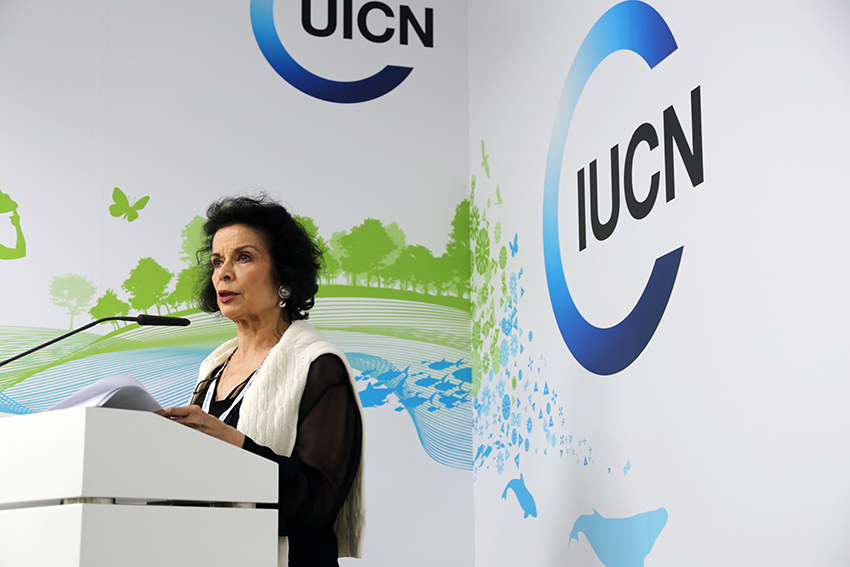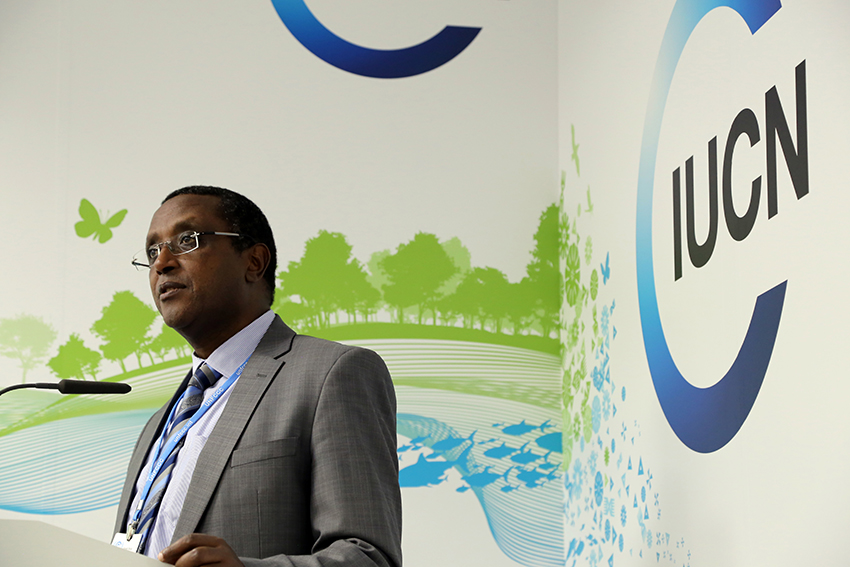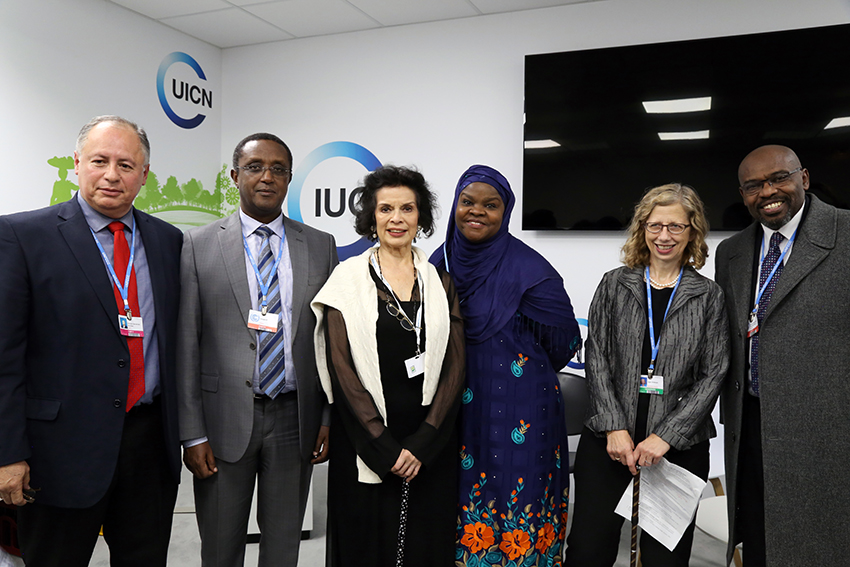IUCN to enhance countries’ restoration efforts under the Paris climate agreement as Bonn Challenge passes 160 million hectares
Bonn, Germany – At the UN Climate Change Conference (UNFCCC COP23) in Bonn, Germany, IUCN shared its plans for increased effort to enhance countries’ Nationally Determined Contributions (NDCs) by building on the Bonn Challenge and existing forest landscape restoration commitments.
The event also welcomed new restoration pledges from the governments of Chiapas (Mexico) and Nigeria, which now bring the total Bonn Challenge commitments to 160.2 million hectares.
“The voice that is coming from IUCN and from all our members is that restoration has to go in the NDCs, that is clear,” said IUCN Director General Inger Andersen. “We will continue to work with our members, particularly our State members, to … help them ensure that the correct numbers are reflected in the NDCs, so that we will be breezing past [the Bonn Challenge target] come 2030.”
IUCN aims to help countries review and enhance the forest landscape restoration targets in their NDCs. Furthermore, as part of IUCN’s ongoing leadership on the Bonn Challenge to bring 350 million hectares under restoration by 2030 – by building capacity in countries, unlocking finance and tracking progress – IUCN will continue to work with governments on implementation of restoration under the Bonn Challenge to explicitly achieve country NDCs.
In a continuing show of support for the global restoration restoration movement, Hon. Vincent Biruta, Minister of Environment, Rwanda, highlighted the immense potential of the Bonn Challenge and forest landscape restoration to help African countries achieve their NDCs. Rwanda has been a strong advocate for the importance of restoration, sponsoring the Kigali Declaration on Forest Landscape Restoration, which is now endorsed by 17 African countries as a pan-African commitment to the Bonn Challenge.
Hon. Ricardo Hernández Sanchez, Undersecretary of Forest Development, Secretary of Environment and Natural History, Chiapas, Mexico, announced the State's Bonn Challenge goal to restore 350,000 hectares by 2030. The Chiapas Government has given high political priority to climate mitigation and adaptation and is transitioning to a green economy, which this pledge will help reinforce.
Mrs. Halima Bawa-Bwari, Deputy Director, Climate Change Department, Federal Ministry of Environment, Nigeria, announced a pledge of 4 million hectares to the Bonn Challenge and AFR100, which will help the country reach its goals of achieving land degradation neutrality by 2030 and fulfil its NDC commitment by 2030.
“We have already achieved over 160 million hectares in pledges to the Bonn Challenge, surpassing the 150 million hectare goal. Now we must achieve the target of 350 million hectares ahead of the 2030 deadline,” said IUCN’s Bonn Challenge Ambassador Bianca Jagger, Founder, President and Chief Executive of the Bianca Jagger Human Rights Foundation. “We must do it for us, for our children, and our children’s children, and for future generations.”
The Bonn Challenge is a global effort to bring 150 million hectares of deforested and degraded land into restoration by 2020 and 350 million hectares by 2030. It was launched in 2011 by the Government of Germany and IUCN, and later endorsed and extended by the New York Declaration on Forests at the 2014 UN Climate Summit.
Regional initiatives, including AFR100 in Africa, Initiative 20x20 in Latin America, and the Agadir Commitment in the Mediterranean build regional impetus for forest landscape restoration and contribute to the achievement of the Bonn Challenge. IUCN’s Bonn Challenge Barometer of Progress is helping pledgers track the implementation of their restoration commitments.
Underlying the Bonn Challenge is the forest landscape restoration approach, a country-driven process for regaining ecological functionality across forest landscapes through a broad range of interventions – including natural and assisted restoration and sustainable management of forests, while simultaneously reducing the pressure on primary forests.






